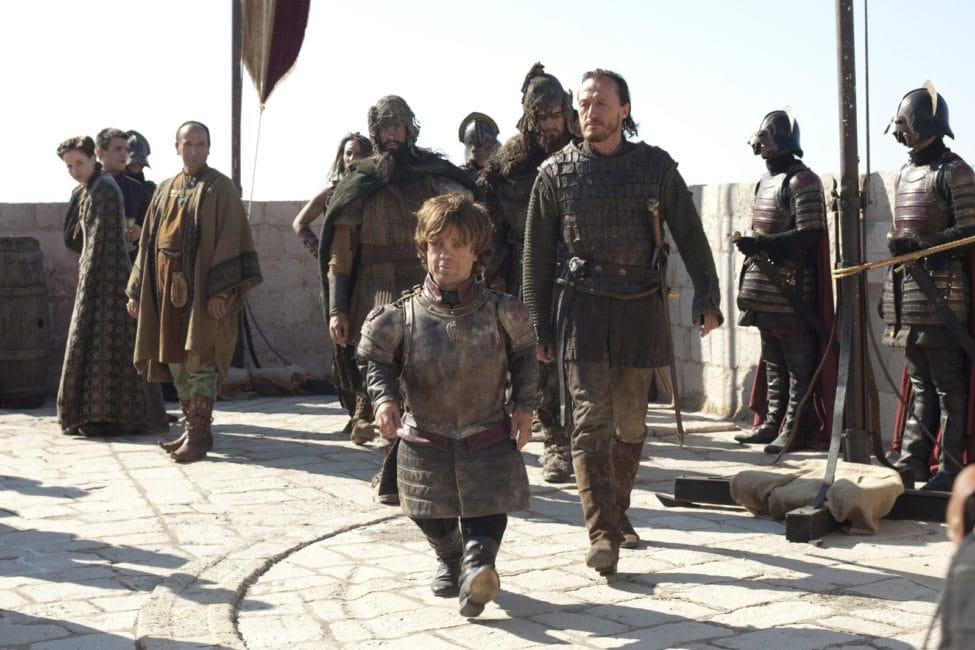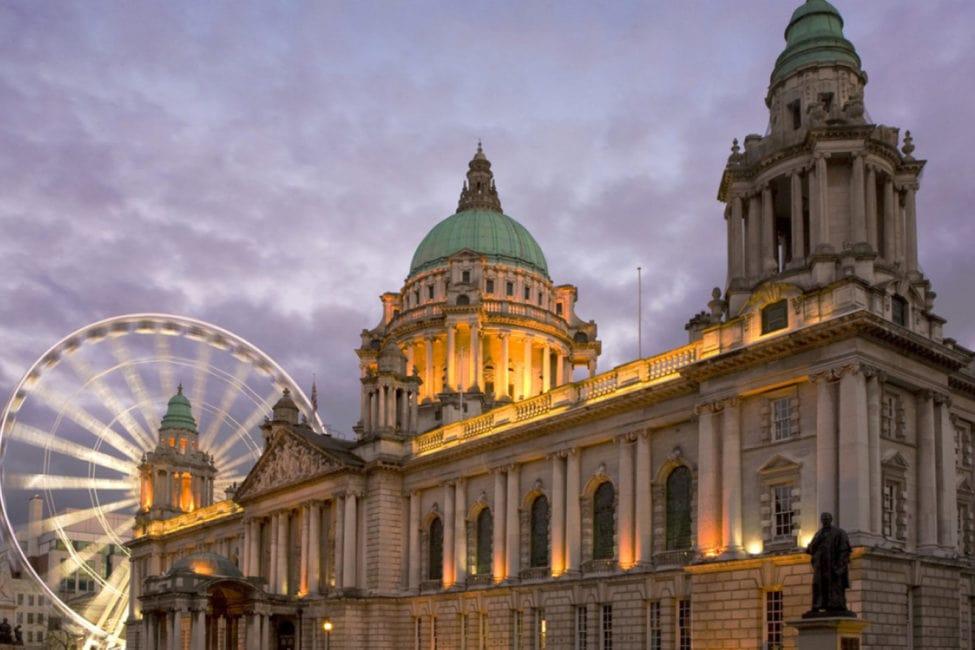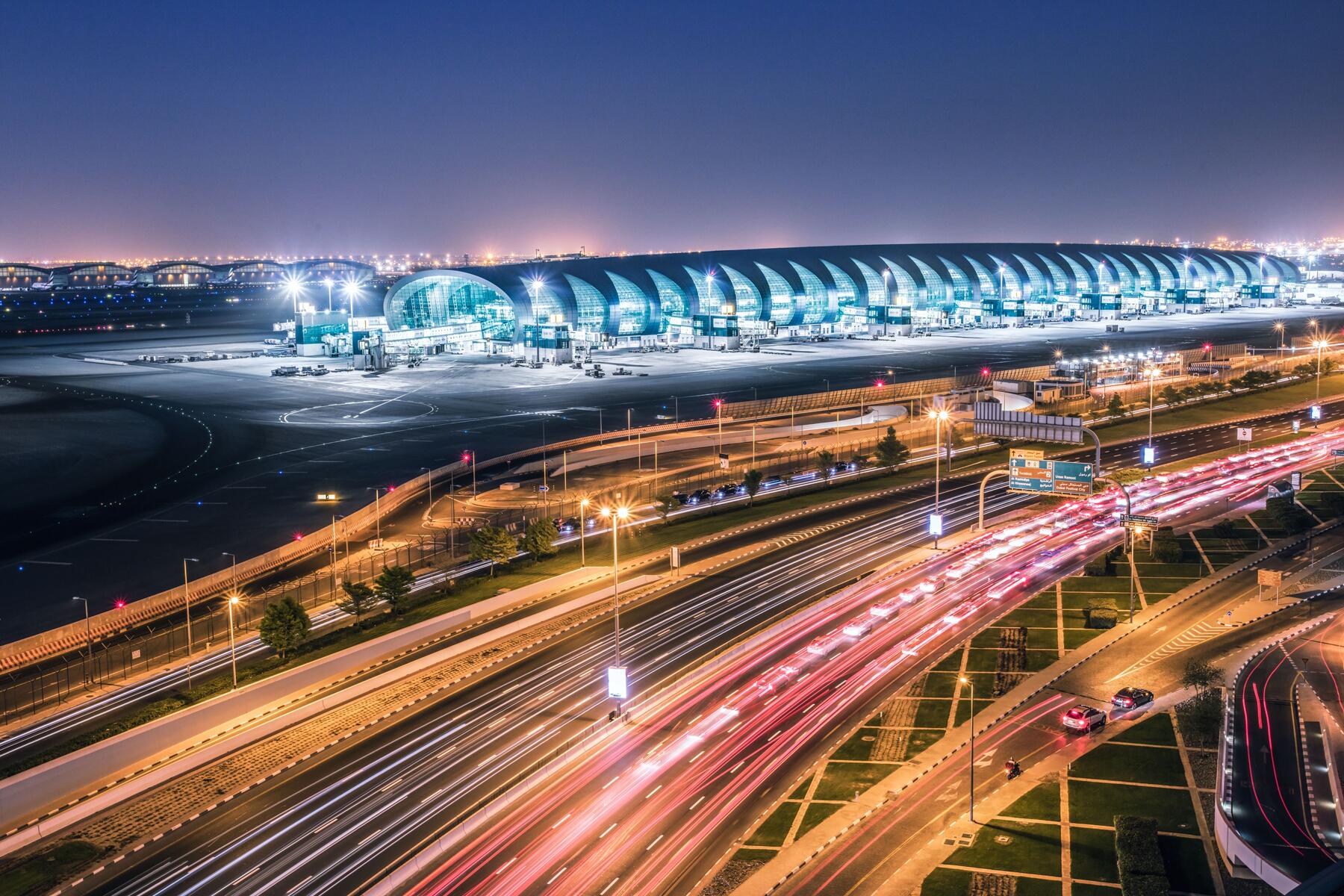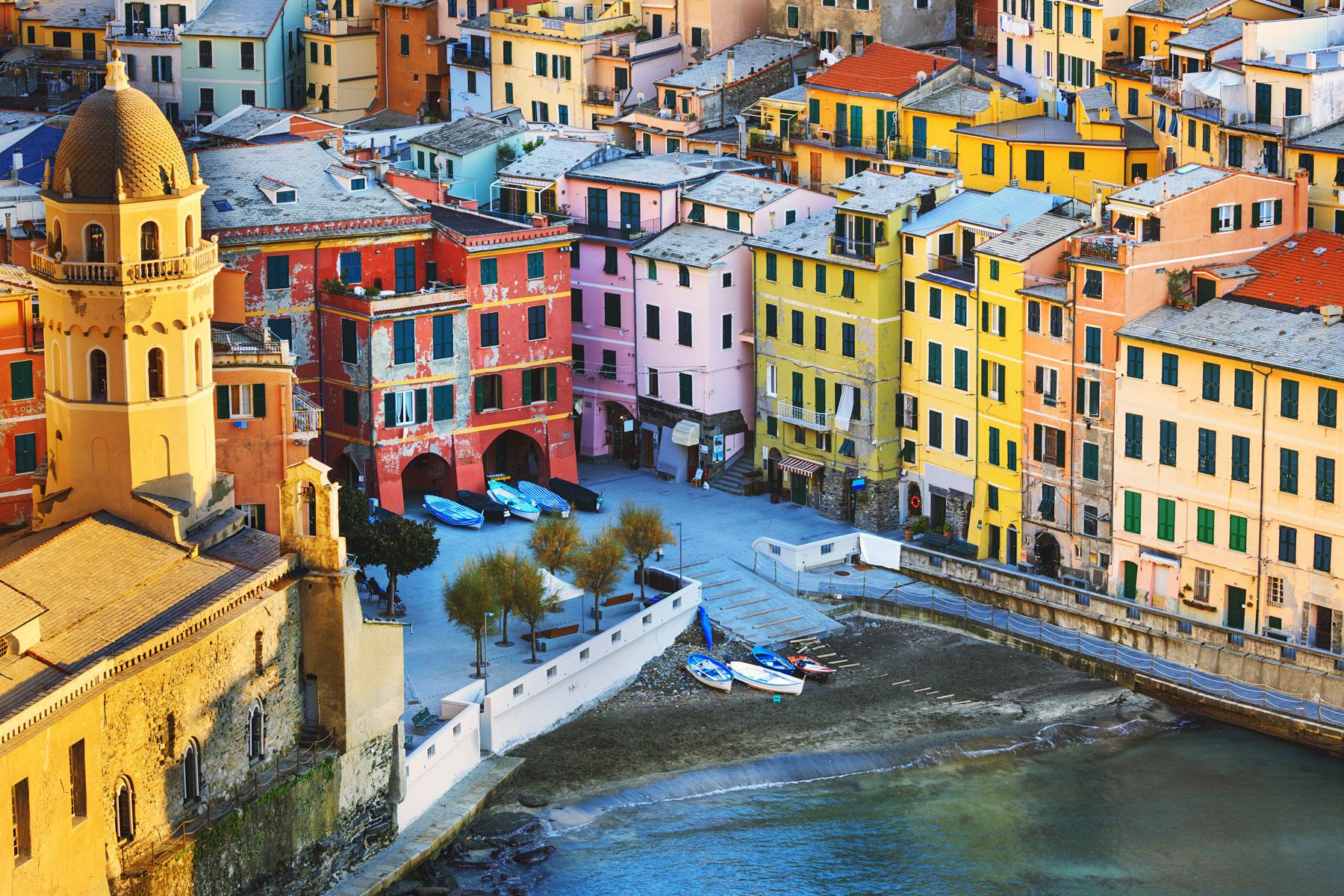George RR. Martin gave us a look at the world he created for the widely-heralded Game of Thrones series, now in its seventh season on HBO.
Fodor’s caught up with George R.R. Martin, the grand storyteller behind HBO’s award-winning series Game of Thrones, which returns for its hotly anticipated second season on April 1, at 9 pm. Here, he gives us a sneak peek at the film locations that represent his richly imagined Seven Kingdoms of Westeros. Martin also delves into the travel experiences that inspired his epic fantasy novels, and shares intriguing wish list destinations—like Crac des Chevaliers castle in Syria—to offer a rare glimpse at the spirited wanderlust of a modern mythmaker.
Fodor’s: When you wrote A Song of Ice and Fire, the series that Game of Thrones is based on, what were some of the real-world locations that inspired you to create the Seven Kingdoms?
Martin: There weren’t a lot of real-world analogues, but there were a few. The one that comes most prominently to mind was The Wall, which was inspired by my visit to Hadrian’s Wall. The first time I visited England in 1991, I was driving around England and Scotland with my friend and we got to Hadrian’s Wall at the close of the day when the tour buses had all left. We kind of had the place all to ourselves, and I climbed up on the wall and I stood there, and it was a cold, windy day and the sun was going down. I just stared off across the hills and tried to imagine what it would be like to be a Roman legionary stationed on that wall in 50 A.D., staring out and wondering what would come from those hills—what enemies—because you were at the end of the known world. And it was sort of a profound moment that stayed with me.
Recommended Fodor’s Video
It was more than a decade before I began writing A Song of Ice and Fire, but I still recalled that moment. Of course, in fantasy, you take real-world things and you make them bigger, more colorful, and more interesting, so Hadrian’s Wall, which I think is about 10 feet tall, became this 700-foot tall wall of ice in my books. And the things that come out of the northern woods are a lot scarier than Scotsmen.

Fodor’s: What do you think about the world that the series producers have created on film? Does it live up to your expectations?
Martin: I think it’s great. We’ve been shooting all over the world, and working with incredible set designers and special effects people who have created a world that’s marvelous to look at. Is it exactly the way I pictured it when I wrote it? Well no, not exactly. But unless they were mind readers, they could never really get that. And then, there are film schedules and budgetary limitations, but within those parameters, I think there’s hardly ever been a show on television that has a look as spectacular and distinctive as ours.

Fodor’s: Did you visit any of the filming locations?
Martin: I visited Belfast, where the main soundstage is located. The building is an old Paint Hall, which was part of the old Harland and Wolff shipyards where they built the Titanic—and many boats that did not sink. They don’t build ships there anymore, but the city has turned that into the Titanic Quarter, with museums and sights. The Paint Hall, which is this absolutely gigantic building, has been converted to a soundstage; it’s the largest soundstage in Europe. We have it divided into four gigantic stages.
The great thing about Belfast and Northern Ireland is that there are many other locations nearby where you can get some beautiful scenery. Castle Black and The Wall is built near Belfast in an old abandoned quarry. And that’s a practical set—it’s not just a façade. It’s a building with real rooms and the winch elevator that goes up the side of the wall actually works. It’s a pretty spectacular, yet miserable location. It is wet and rainy, and the mud is thick. I visited there; it really gets the actors in the mood of being at the end of the world in all of this cold and damp and chill.
We shot at a few other places too, like Malta. Malta is an amazing place with real medieval castles and cities that were built by the Knights Hospitaller. They’re just massive structures. The Mdina is the center city, the walled town. There are several huge medieval forts, some on the coast and some inland. There’s a museum of the Knights Hospitaller there, and the whole history of the Great Seige of Malta. That was a huge moment in European history, when the Turks tried to take over the island and the Knights defended it. There’s also an amazing beach where we did Daenerys’s wedding, near the Azure Window, an arching hole in the rock where you can see the sea and sky beyond. It’s quite scenic—you see it in some of the shots of our show.

Fodor’s: How did the world the producers create compare to what you envisioned?
Martin: We went to some very exciting locations. We went to Dubrovnik, in Croatia, to shoot. I was in Dubrovnik years ago, and it is an amazing city for fantasy fans. It’s this authentic walled medieval city; it’s a world heritage site. It was built using white stone. The first time I saw it, it was night and we walked down to the walled city, through these thick medieval gates, and inside, the moon was out and the white stone just seemed to be glowing in the moonlight—the whole city was shining. The streets are solid stone, and so many thousands of people have walked on them over the centuries that they are worn smooth, almost like a gemstone. It’s really a beautiful place. You can climb up on the walls and walk entirely around the city. Then you see a fortress out at the sea where we also did a lot of shooting.

The other place we got to shoot was Iceland, and I didn’t get to go but I would love to go. It is supposed to be a place of surpassing beauty and indeed, some of the footage I’ve seen has been amazing.
Fodor’s: Are there places that have been particularly inspiring to you in your travels?
Martin: I love castles. I visit castles in Ireland and England and Scotland, and more recently places like the Czech Republic, Croatia, Poland, and Germany. I love castles of all sorts. Neuschwanstein, the famous castle of “Ludvig the Mad” is a beautiful place, sort of a Disneyland castle, but it was pretty cool. It’s got the slender towers and it’s up on top of a mountain.
But actual castles were fortresses. They have a grimness to them—they weren’t necessarily pretty. Malbork, the great castle of the Teutonic Knights in Poland, is a very impressive fortress-type castle with a lot of history behind it.

One castle that I’d really, really like to visit is in the Middle East, Crac des Chevaliers, which was a great castle in the holy land of the Knights Hospitaller. It’s one of the very influential castles of the world built during the Crusades, and is now in Syria. It’s a really imposing castle and still sits there as a ruin. That’s the kind of castles I like—the fortress castles. I don’t go crazy visiting the castles that are still inhabited and filled with antique furniture. A castle should be able to withstand a siege.




